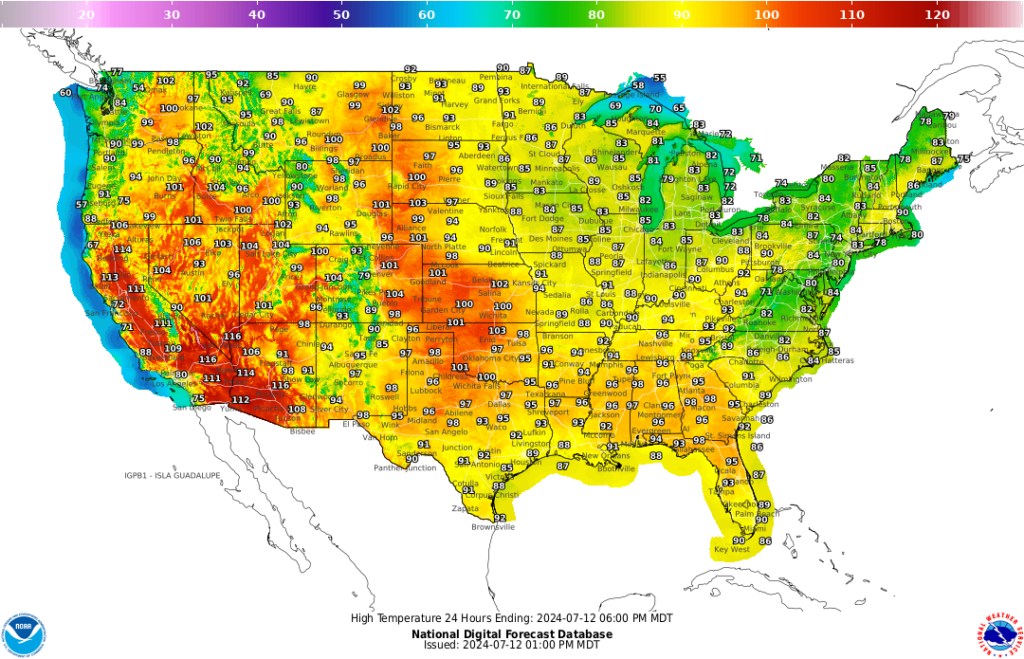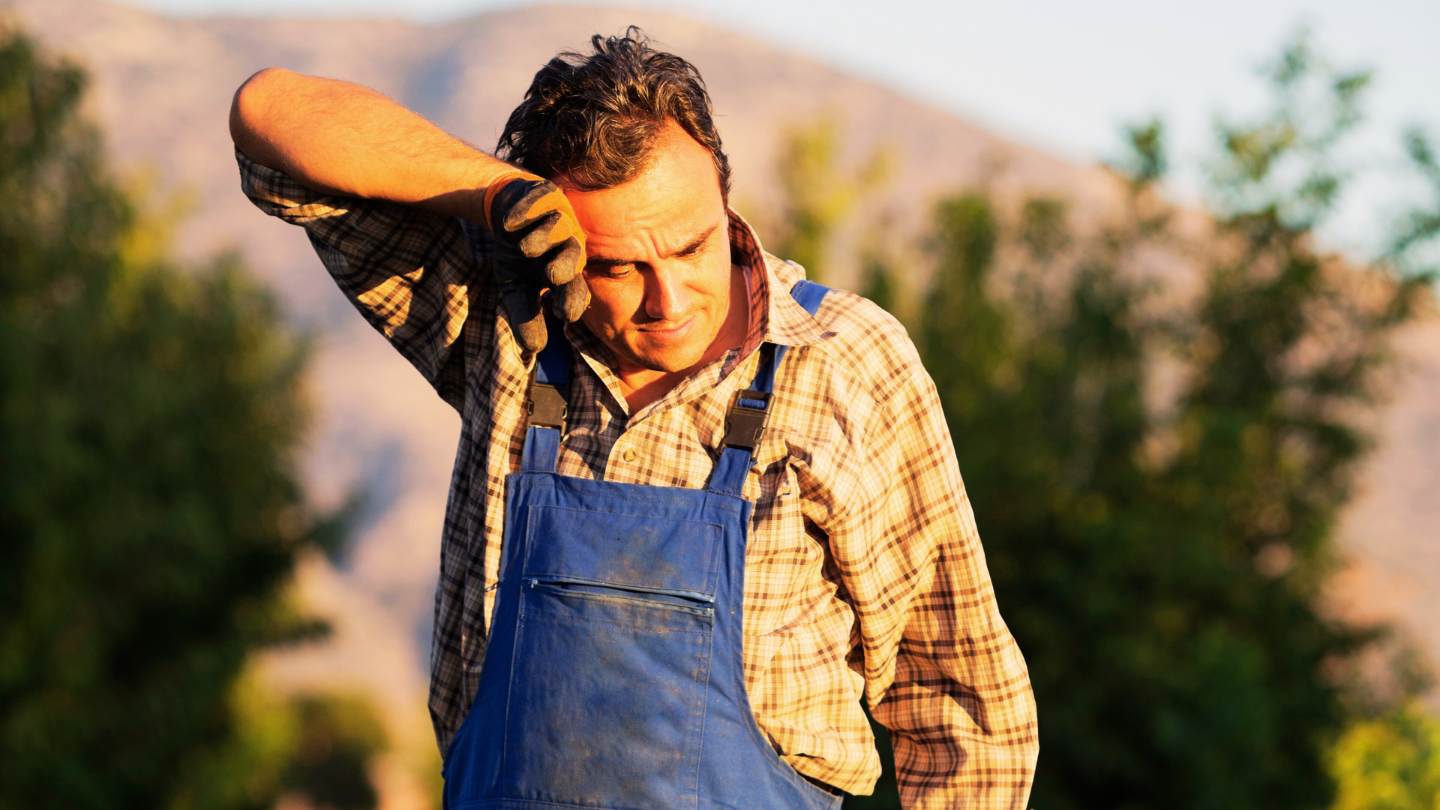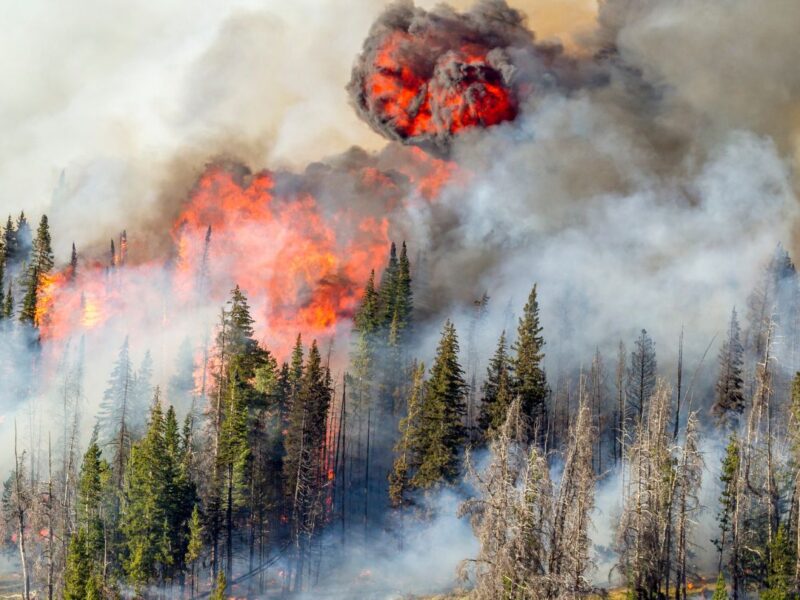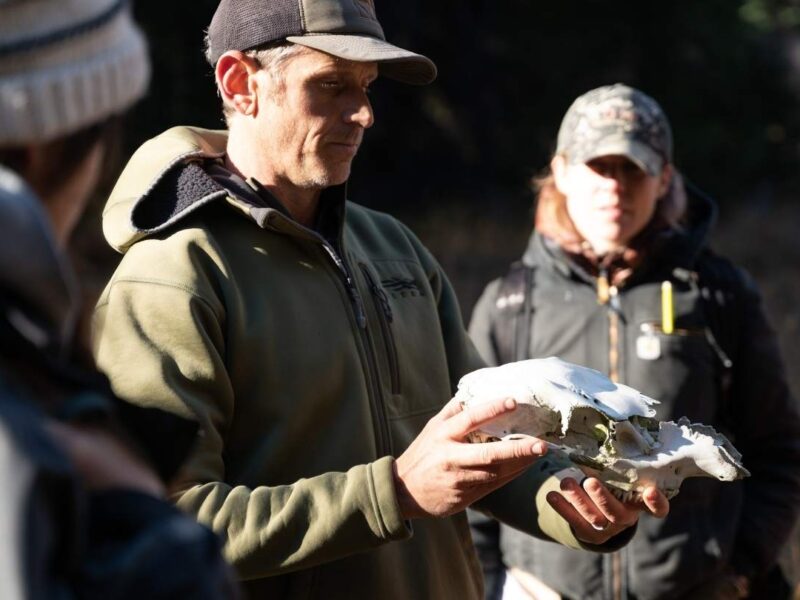Working outdoors in extreme heat: what you need to know
Extreme heat warnings are in effect for much of the United States this weekend, and record-breaking heatwaves have become increasingly commonplace in recent years. Especially in the West, where outdoor work and recreation are vital parts of summer, it is important to know how to safely exert yourself outdoors when the forecast is for dangerously high temperatures. Temperatures above 90 degrees Fahrenheit are cause for concern, and when temperatures hit triple digits, extreme caution is warranted.

The federal government says extreme heat is responsible for the highest number of annual deaths among all weather-related hazards. This is not the time for tough-guy recklessness. When the mercury climbs this high, the best advice is to avoid exertion altogether. But for many land stewards, that simply isn’t an option: the chores must go on. If you’re in that boat, there are things you can do to stay safe.
- Learn to recognize the signs and symptoms of heat-related illness. Getting treatment for heat stroke quickly is critical for survival. The signs of heat stroke include: Extremely high body temperature (above 103 degrees F), red, hot and dry skin with no sweat, a rapid, strong pulse, and dizziness, confusion or unconsciousness. Heat stroke should be treated in a hospital. Call 911 if you or someone you know is experiencing these symptoms. Muscle cramps, dizziness, vomiting, nausea, headache and paleness are signs of heat exhaustion. Don’t continue working if you experience these symptoms: stop, find shade or go inside and cool down. Hydrate.
- Work when it is coolest. Early morning and late evening or night are better than midday. Plan ahead to avoid tasks that require the most physical exertion during the hottest days and times of day.
- Wear loose, lightweight, light-colored clothing, a hat, and sunglasses. Protection from the sun is important at the high elevations in much of the West regardless of temperature, but is especially critical for staying cool and avoiding injury and dehydration from sunburn.
- Stay hydrated. Your body needs fluids to keep cool. Drink regularly when working. Don’t wait until you feel thirsty.
Agricultural labor regulations and extreme heat
Landowners should be aware that California, Colorado, Washington and Oregon all have specific requirements for safety for agricultural workers during periods of extreme heat. For example, agricultural employers are required to provide cool (less than 60 degree) drinking water and shade for employees during breaks in Colorado, if the forecasted temperature is above 80 degrees during the workday.
Federal workplace regulations specifically for extreme heat currently do not exist, but the Occupational Safety and Health Administration (OSHA) recently proposed a rule that would require employers to have a heat illness and injury prevention plan and provide certain accommodations when temperatures are dangerously high. Chris Clayton reports for Progressive Farmer that “The rule has different heat-index triggers at 80 degrees Fahrenheit and 90 degrees F. At 90 degrees F, employers would be required to set mandatory rest breaks every two hours. Training would also be required for supervisors and employees about heat risks.” The proposed rule, should it survive administrative and legal challenges, would go into effect in 2026.





